
Cosmia – John Reed & The Automatics
this blog is GROOVY – check out great Soul, Funk, Jazz, Hip Hop, Bass, Breaks , Reggae, House n many more TUNES
When you think about music that gets your body moving and your heart pumping, breakbeats is where it’s at! It’s the funky cousin of hip-hop, dance, and rave music. So grab your dancing shoes, and let’s slide through the rhythmic history of this groovy genre!
Breakbeats are basically beats that “break” away from the regular four-on-the-floor rhythm. We’re talking syncopated drum patterns that get your head nodding and feet tapping. They originated from funk, soul, and jazz samples tossed together to create something fresh and funky.
The whole breakbeat vibe took off in the streets of the Bronx during the late 1970s when DJs like Kool Herc started spinning records. He discovered that by isolating drum breaks—those sweet moments in songs with stripped-down percussion—he could keep partygoers on their feet.
Funny Fact: Kool Herc often used two turntables to extend these breaks for as long as possible! His parties had a bit more spin than any other spot in town.
As breakdancing became all the rage alongside hip hop culture, breakbeat music spread like wildfire across America. Everyone wanted a piece of those infectious beats!
In California during the early ‘80s, DJ Shadow emerged with his groundbreaking album Endtroducing….. (1996), hailed for its innovative use of sampling rock-solid grooves over layered atmospheric sounds.
Did You Know? DJ Shadow was so dedicated he reportedly spent days digging through record bins just to find those hidden gems. Talk about commitment!
Fast forward to England in the late ’80s: enter a new wave called “breakbeat hardcore.” Artists combined elements from acid house infused with elements borrowed from reggae dub: pure magic! This laid down foundations for what we now call drum & bass—a genre that’s got more sub-genres than synonyms for “awesome.”
The Prodigy hit big time with tracks like “Charly.” Their wild energy made everyone jump on board this frenetic rollercoaster ride.
Quirky Trivia: Keith Flint’s face paint became iconic not only because he rocked out hard but also because people sometimes mistook him for a punk clown!
By the ‘90s into 2000s, breakbeats found new homes within electronic music circles too—with artists such as Fatboy Slim leading crowds into ecstasy at festivals worldwide.
His track “Praise You” sampled classic vibes using fun lyrics paired perfectly with catchy hooks—who knew good vibes could be spun so cleverly?
And let’s not forget their live performances: there was one instance where they famously danced around robotically while wearing homemade outfits! Talk about breaking fashion barriers too; they brought an entire new meaning to express yourself!
Now here comes another twist—the debate! Many insist there must be clear lineages drawn between genres if we wanna accurately categorize them:
It can take hours arguing which is best (spoiler alert—it depends who you ask).
Flash-forwarding through decades brings us slick collaborations blending sounds globally—from L.A.’s eclectic scene through London grime touches all way around world stage up until today—you’ll find tracks flipping styles wildly throughout years without losing core essence behind them—and oh boy does it feel fresh each time around!
Artists continue expanding horizons; their creativity flows unlimitedly past boundaries set forth predecessors once established before our ears were fully functional enough catch every single beat dropping never-ending grooves transporting straight euphoric dimensions far beyond ordinay reality itself… Ahhhh sweet escape!!
Today’s landscape remains quite vibrant indeed since both old-school legends still release killer tunes keeping everyone vibin’ harder than ever imagined possible coupled alongside youthful producers mixing dangerously exciting unique flavors pushing genre-defining limits way past expectations conceived ages earlier…it sure feels fabulous watching it unfold right before our very eyes doesn’t it?
So next time you shuffle onto dance floor surrounded by beats bumping loudly echoing familiar rhythms remember—all roads lead back somewhere rooted deeply inside fiery passion fueled hearts pounding collectively uniting us all proudly celebrating life together under one swirling colorful dome alive electrics intertwining souls sharing laughter joyfully living momentarily blissfully forgetting worries listening closely feeling groove igniting spark lighting up night sky right above overhead… Let loose dancin’ free wild embrace journey … And always appreciate how far we’ve come since starting revolutionizing soundscapes marking timelines written forevermore dusty records shelves gathering stories waiting patiently rediscovered again anew…
Now go na-na-na-nahhh enjoy some jammin’ solo or gather friends share knowledge dance officially celebrated art form born thriving timeless melodies weaving tapestry connection throughout generations ahead reminiscing previously shared experiences fueling inspiration illuminating possibilities endless winding road journeys lying ahead brightly lit embracing one heartbeat promising return soonest jams returning dulcet tones melting everlastingly enriching lives harmoniously existing fond memories created brighten moments shifting representing unity dancing drums everywhere felt vibrantly crucial existence shared forever marked indelibly etched rhythmical history legacy continuing onward unabated boundedless untamed spirit blazing trails trailblazing paths stress relief joyful explorations reaffirmed endlessly lively pulsatin’ beats ever marching forward excitedly embracing wondrous adventure awaits dear friend delight surprise whichever step leads next wherever high note lands kickin’-off tantalizing escapade awaiting discovery then go say hey!!

Cosmia – John Reed & The Automatics

Hide/Wildfire (DJ Sprinter Edit) – DJ Sprinter

Take it Back – Kid Kenobi & A-Tonez

Everybody – Kid Kenobi
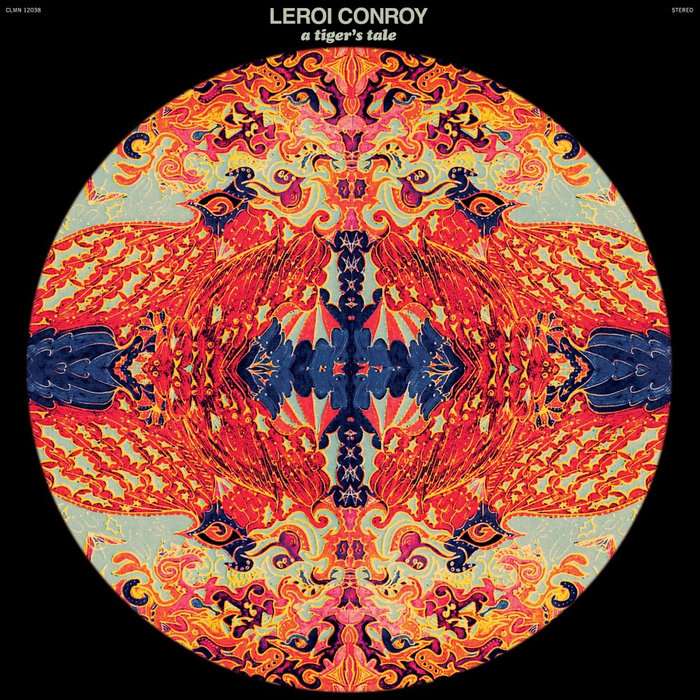
Tiger Trot – Leroi Conroy
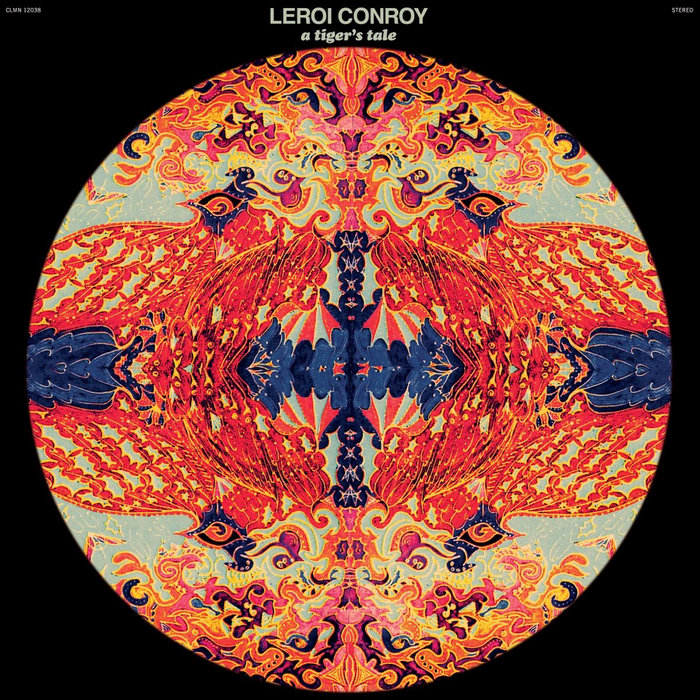
Shere's Theme – Leroi Conroy

Prisma & Martin Boder feat. Maria Barone – Turbina de amor – Beats & Culture
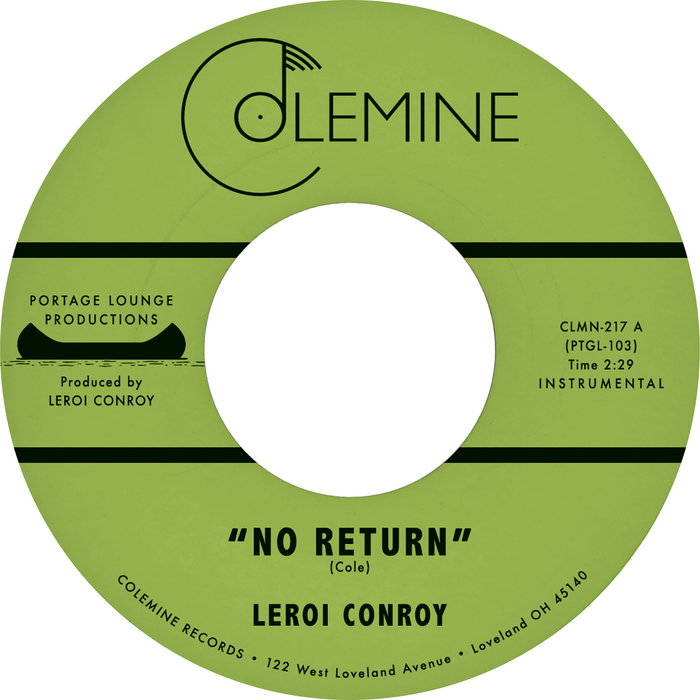
No Return – Leroi Conroy
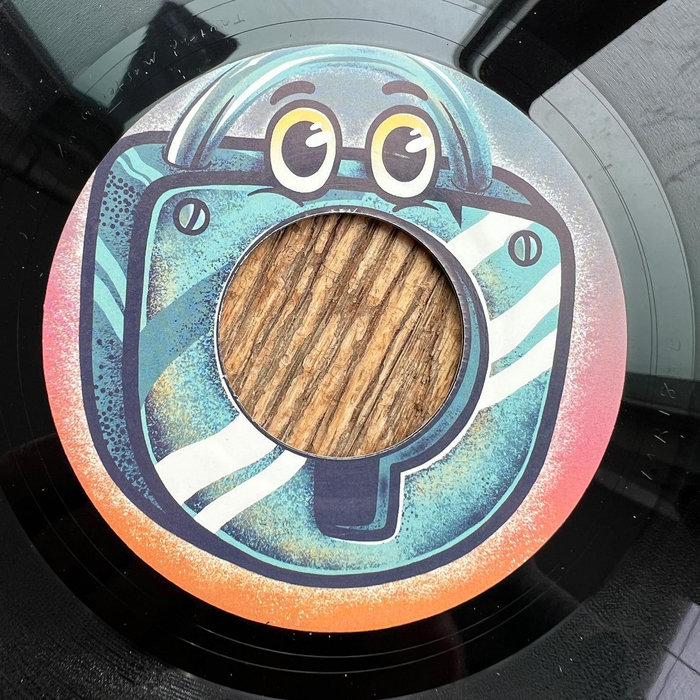
The Middweaker – John Reed & The Automatics
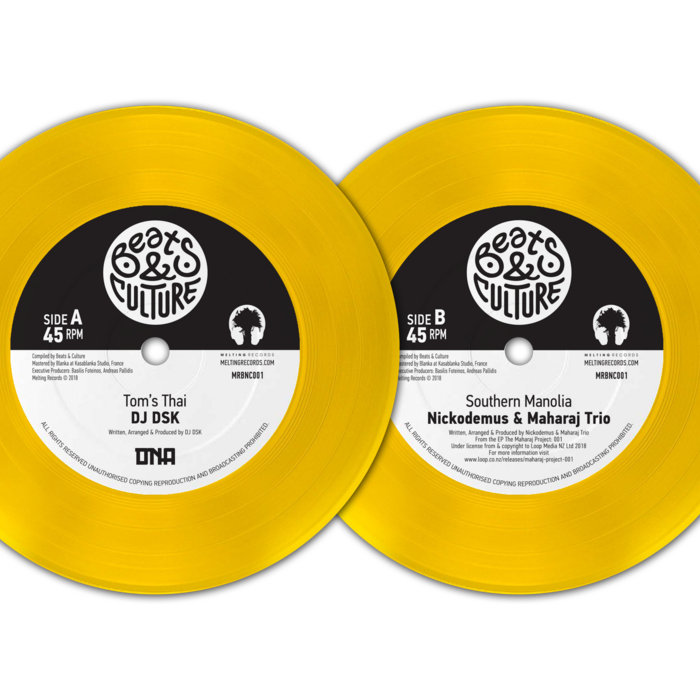
DJ DSK – Tom's Thai – Beats & Culture